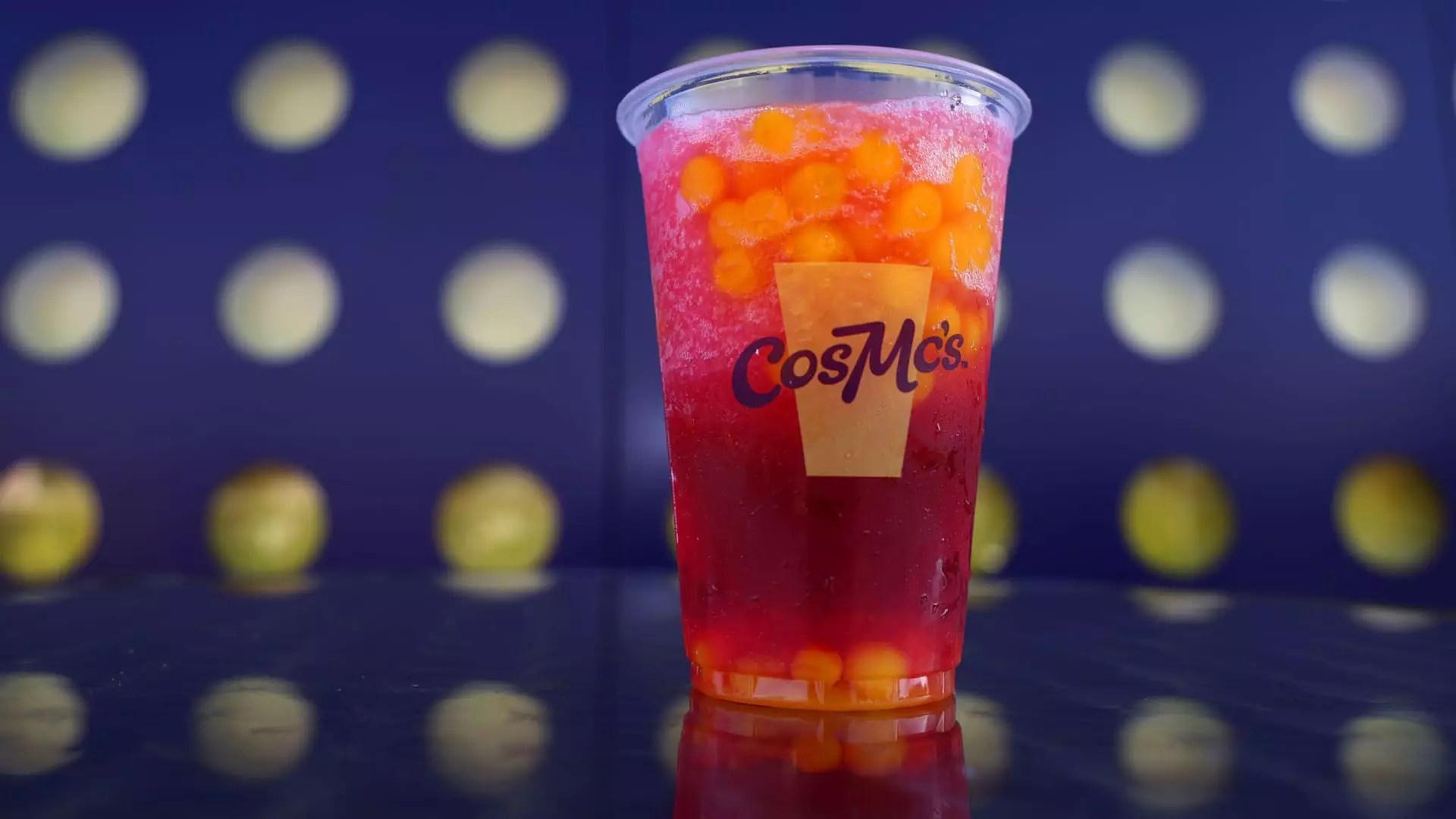The fast-food industry is undergoing a remarkable transformation, significantly driven by the growing preferences of younger consumers for unique beverage offerings. Fast-food giants like Chick-fil-A, Taco Bell, and McDonald’s are reimagining their beverage menus, diving headfirst into the world of exotic flavors and adventurous drinks. This shift is not just a fleeting trend but a substantial strategy aimed at revitalizing brand loyalty and capturing a larger market share.
The Allure of Exotic Flavors
Fast-food chains have begun to realize that their traditional menus offer limited excitement for a generation thirsting for innovation. Chick-fil-A’s Pineapple Dragonfruit drink and Taco Bell’s Live Mas Café are prime examples of how restaurants are merging fun and functionality in their beverage strategies. These colorful, tantalizing drinks are designed not only to quench thirst but to provide an engaging experience that appeals directly to the creative palate of younger customers.
This push towards creativity in beverages also comes in response to a long-term decline in soda consumption—an undeniable shift that reflects evolving consumer preferences. For example, iconic soda brands are losing their allure as customers increasingly gravitate towards specialty drinks, flavored teas, and refreshing agua frescas. As young consumers turn away from traditional sodas, restaurants are pivoting towards offering new, imaginative beverages that promise to thrill.
Market Forces Driving Change
Market research, such as that by Datassential, shows a steep rise in the popularity of non-soda beverages like bubble tea and flavored lemonades, especially among Gen Z consumers. This generation, characterized by its adventurous nature and diverse backgrounds, is eager to sample bold flavors like yuzu and ube. Consequently, restaurants are not only experimenting with unique ingredients but are also collaborating with flavor innovators to enhance their beverage offerings, a trend exemplified by brands like Monin.
Interestingly, the pursuit of innovative beverages is driving higher profit margins for fast-food operators. While traditional meal items typically come with fixed pricing, beverages provide greater flexibility in pricing due to their relatively lower production costs and higher mark-up potential. When chains introduce new flavors or unique drinks, they can leverage consumer curiosity to command premium prices—the promise of a “little treat” that consumers are willing to indulge in.
Strengthening Brand Loyalty Through Beverage Innovation
A critical element of this beverage-centric strategy is the goal of cultivating brand loyalty among Gen Z. As Wendy’s U.S. Chief Marketing Officer Lindsay Radkoski emphasizes, the popularity of options like their premium craft lemonades illustrates an understanding of the demographic’s taste preferences. In an era where about 30% of Wendy’s customers don’t even add a beverage to their orders, there’s a palpable opportunity for growth. The focus on drinks not only enhances the dining experience but also nurtures stronger connections between the brand and its customers.
Moreover, the dynamic nature of Gen Z’s flavor preferences opens the door for fast food chains to experiment with unusual combinations and concoctions that reflect current trends. For example, McDonald’s CosMc’s spinoff has introduced customizable drinks that feature trendy add-ins like fruity popping boba. This blend of innovation and customization is essential for attracting younger customers who appreciate personalization in their dining experiences.
Capitalizing on Trends for Future Growth
As consumer tastes continue to evolve, fast-food chains are making calculated moves to capitalize on burgeoning trends. Taco Bell’s ambitious goals, such as aiming to create a $5 billion beverage business by 2030, underscore the significance of drinks in their overall growth strategy. The introduction of the Live Mas Café concept within Taco Bell locations signifies a commitment to redefining the fast food experience, where vibrant and diverse beverages take center stage.
Additionally, chains like El Pollo Loco are expanding their aguas frescas offerings to cater to an increasingly health-conscious demographic, while other retailers are looking into mashups of traditional and trending flavors, like horchata coffee. The ongoing experimentation isn’t just an effort to increase sales but a strategic move to ensure these restaurants remain relevant and competitive.
By embracing bold flavors, innovative drink concepts, and a commitment to consumer preferences, fast-food chains are not just changing their beverages—they are redefining their identities. As younger consumers continue to skew away from traditional sugary sodas, the industry’s survival may very well hinge on its ability to adapt, innovate, and, ultimately, satisfy the evolving taste of the next generation.


Leave a Reply